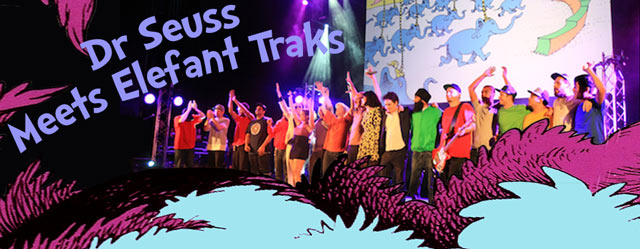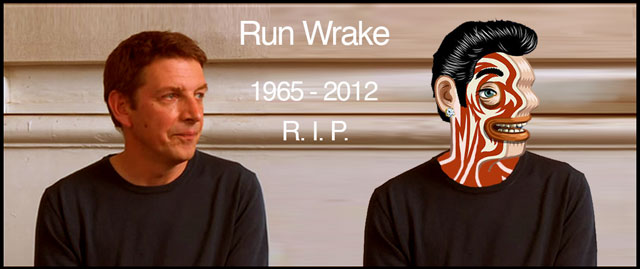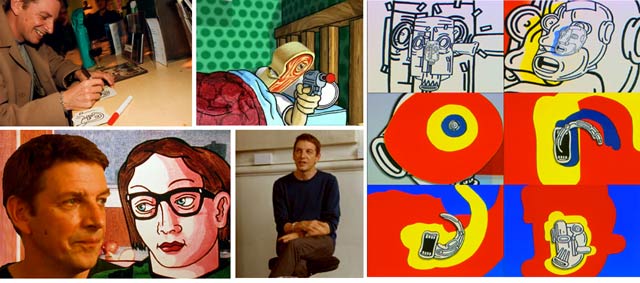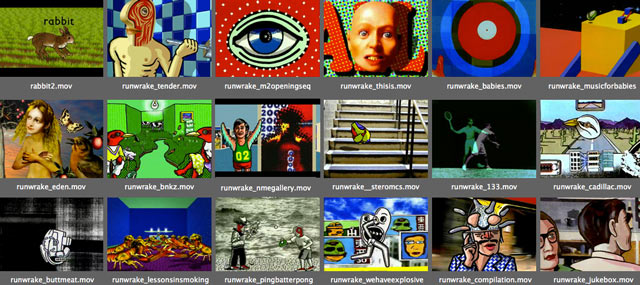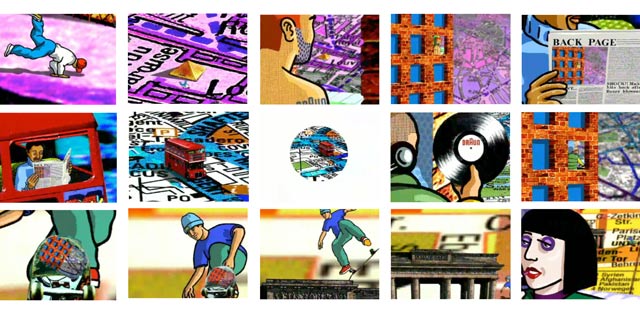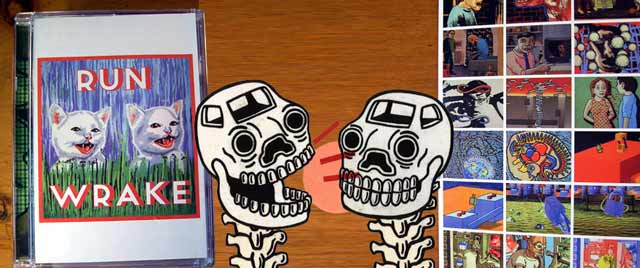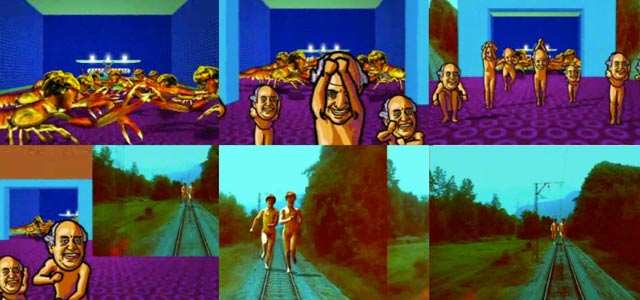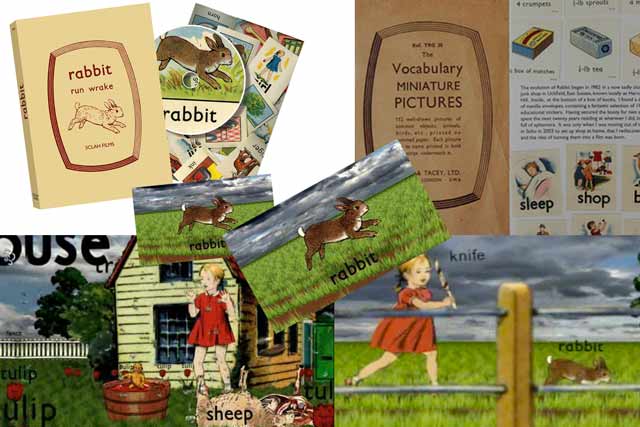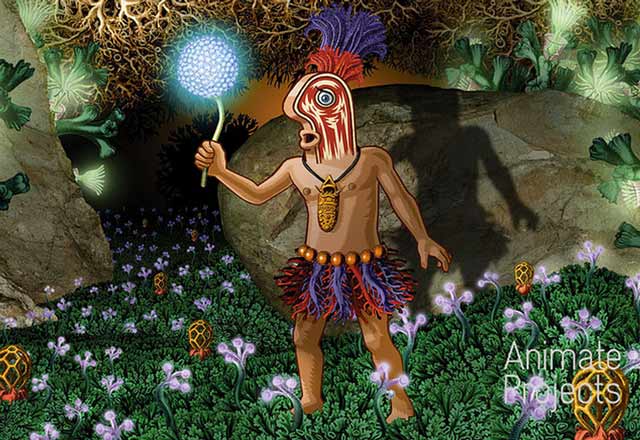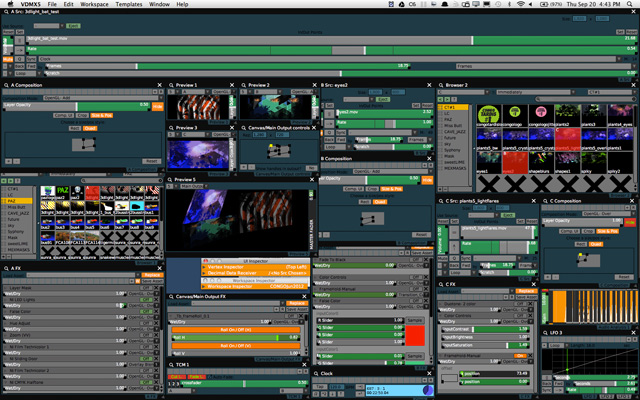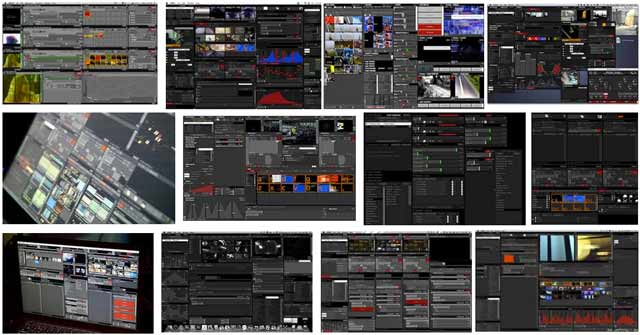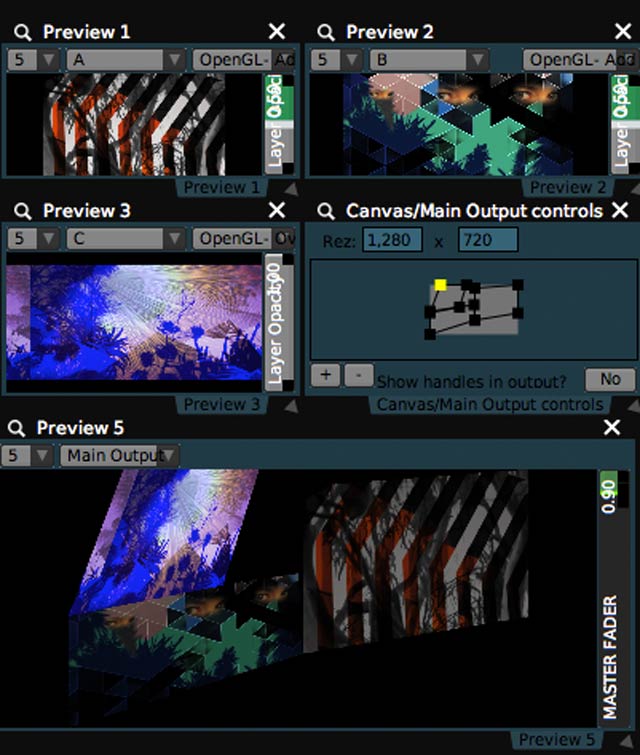HELLO INTERNET.
The slow fade out of Melbourne’s summer = an opportune time to re-spark the skynoise engines. It’s also likely I just miss writing things longer than 140 characters. Especially since I’m just about to finish reading a 3000 page novel ( The Baroque Cycle, Yo!). Regardless of the roots….. expect some fruits.. scattered across the next few months – riffs about visual culture, and likely some weirder tangents too. That’s what ma bones are saying. And sooner than that – some long overdue reviews:
- Quartz Composer book from ILQC
- nVeil (SVG based visual FX software)
- Millumin (interesting timeline based visual performance software)
Below – the summer that kept skynoise drooling on its pillow:
Dec 2012:
Stereosonic – Touchscreen video booth installations for an energy drink tent. (photos got animated, projected and sent online.)
Sampology at Falls Festival Dec 30 ( Marion Bay ) + Dec 31 ( Lorne ) ( Mixing camera sources with Sampology’s live video).
MONA FOMA Projections on a 4 storey fire escape stairwell, and custom animations for the FAUX MO cinema. Fun was had. Some keywords to throw in a blender: Chicks on Speed, No Zu, Digital Primate, Soda Jerk, a sequined ninja, MONA, David Byrne’s reflections about MONA, and Richard Flanagan’s New Yorker article about MONA founder, David Walsh – the professional gambler responsible for “building a private art museum in Tasmania dedicated to sex and death”. MONA museum is also famous for ‘The O‘ – “the mobile device given to all visitors who walk through Mona’s doors… there are no labels to be found anywhere on the walls of the museum.. these devices provided access to information about the art.”
Developed an audiovisual performance with The Swiss Conspiracy ( Moses Iten from The Cumbia Cosmonauts, and Christoph H. Müller from Gotan Project ) , which was performed at The Swiss Festival. The show ended up featuring footage shot at Alpenrail, the largest Swiss Alps railway model replica in the Southern hemisphere ( gopro train tunnels! ) and goats from a Swiss goat cheese farm SW of Hobart.
Rebirth of A Firebird – Helped out with some live projections for a couple of sequences for a ‘hip-hop sci-fi’ short film being made by Alan Nguyen (aka 2 Pants Rotation – in his giant monster rapping mode).
Mar 2013:

At the Adelaide Festival – did live video for The Cumbia Cosmonauts at the fun pop-up venue, Barrio. The theme for the night was ‘Animal House’ – which meant there was a camel, piglets and geese nearby, as well as dog masseur doing live demonstrations on a table.
And Then It Was Now:
– Developing an audiovisual performance for Wide Open Spaces, a wonderful desert festival held out near Alice Springs in May. Longtime collaborator Suckafish P Jonez is back from Barcelona, and we’re excited to be exploring AV again. Weekly rehearsals!
– Am co-hosting a studio elective at RMIT within the design faculty, looking at video production, projection and installation – from an interior design perspective (which tends to include a lot more materials and building related research / development). It’s a fun studio, which uses mapping processes, and comic / graphic novel storytelling techniques to help inform video installations.
– Am slowly rolling out a series of updates to the skynoise.net/projects page, finally uploading documentation from a range of projects… including the snippets below, developed for 360 last year.
Elsewhere:
I PREFER VIMEO: ((Better quality encoding/resolution/interface/community comments etc))
OTHERS PREFER YOUTUBE: ((More eyeballs. And clients sometimes want it here.))
FACE IS THE PLACE : ((Finally succumbed – click facebook.com/JeanP00LE – for all your Zuckerborgian messaging / subscribing / liking needs)).
More words soon! *I, promises.*
by j p, April 2, 2013 0 comments




